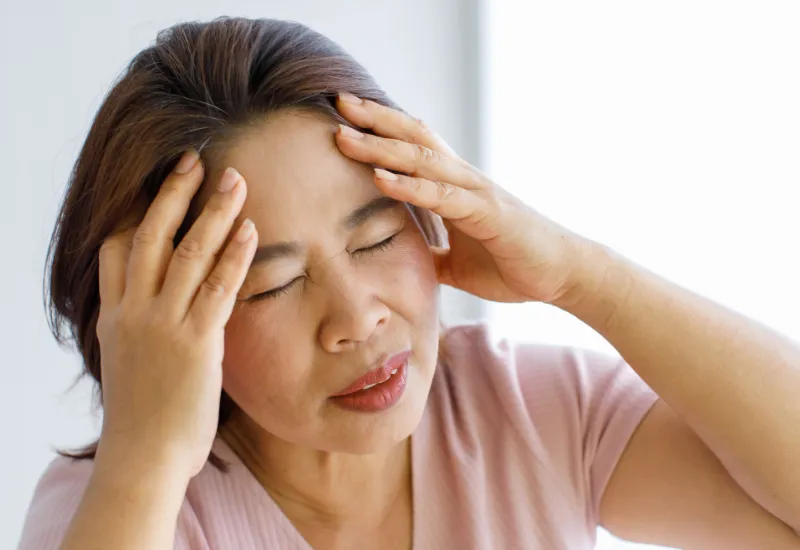Quick Links
For Patients
For Physicians
- Refer a patient to a specialist
- Order labs for patients
- Order radiology for patients
- Order At-Home Services
- Get your practice listed
For Companies

© Copyright 2024 American TelePhysicians. All rights reserved.




Migraine is a common neurological disorder in which throbbing headaches of varying intensity occur on one side of the head, which may or may not be preceded by Aura. These episodes are recurrent, lasting 12 – 72 hours, and are provoked by stressors like insufficient sleep, hunger, sunlight exposure, hormonal changes, stress, etc. The migraine headache might be severe enough to hamper daily routine and is usually associated with nausea, vomiting, photophobia (increased sensitivity to light), phonophobia (increased sensitivity to sounds). It is more common in females and tends to run in families. Migraine headaches are treated with abortive medicines (pain killers), and prophylactic medication prevents future episodes.